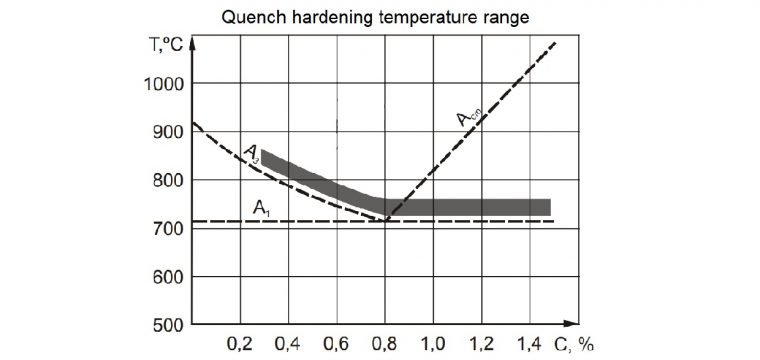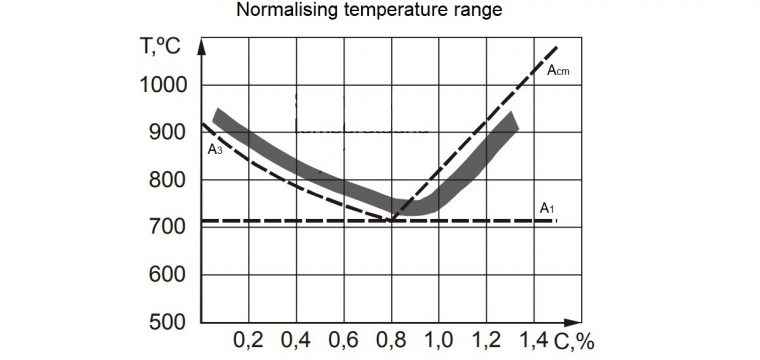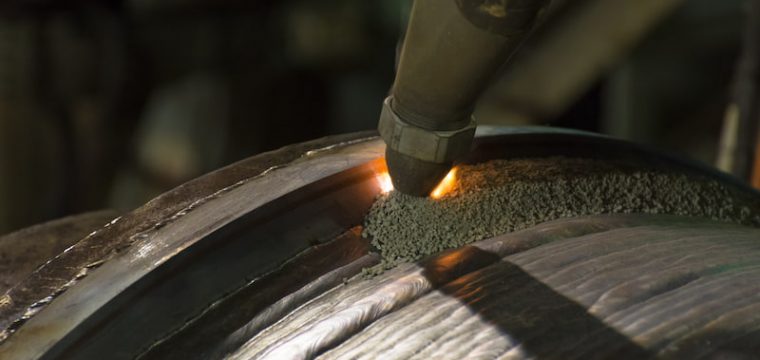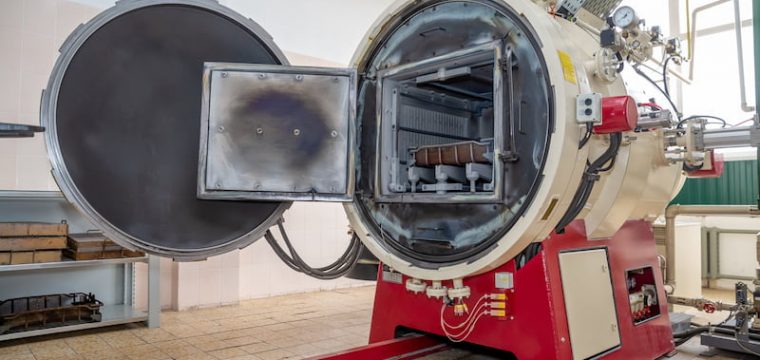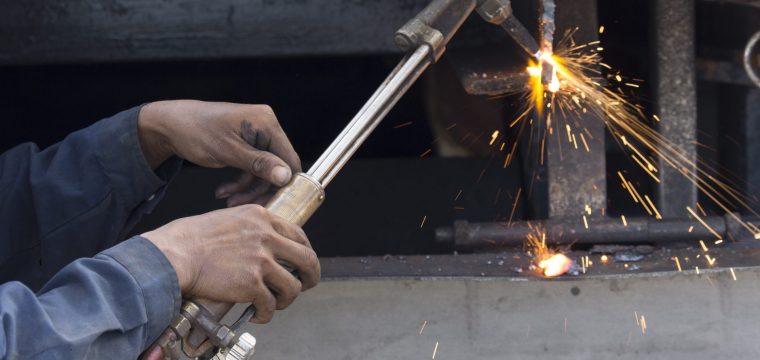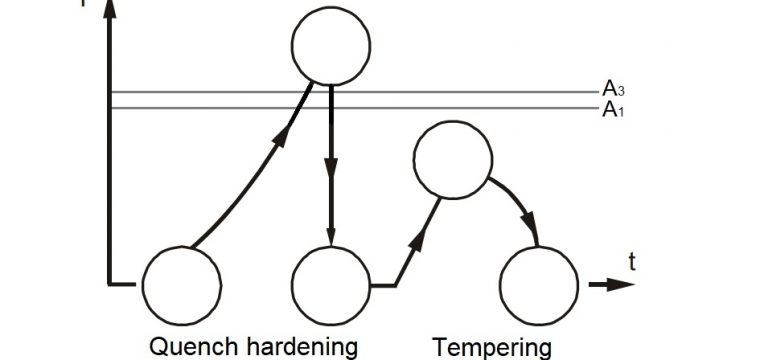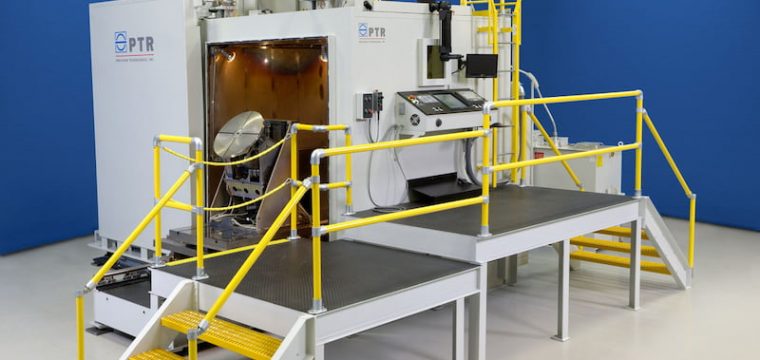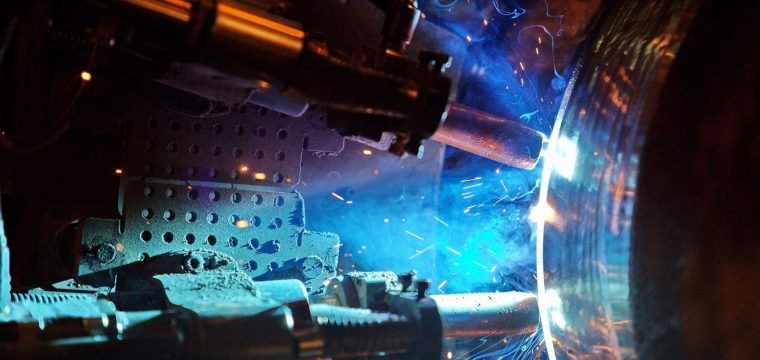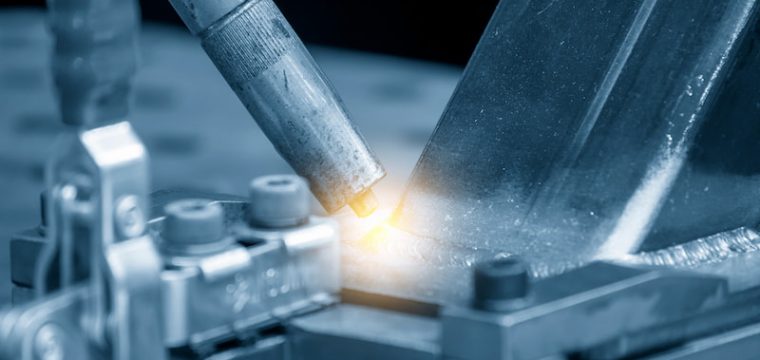Engineering Blog
Categories
- Tolerances
- CAD-CAM
- Machine Components
- Product Updates
- Project Management
- Learn from Engineers
- Fabrication Methods
- Engineering Materials
- Product design
- Company News
- Welding
- Procurement
- Casting
- Supply Chain
Posts
-

Announcement: Easy Credit Terms with Kriya
28. March 2023Get 30-day + end-of-month payment terms in a matter of minutes. You can now improve your cash flow by using the Buy Now, Pay Later feature Fractory offers in cooperation […]
-

Quenching Explained – Definition, Process, Benefits and More
24. March 2023Heat treatment processes are crucial to obtain desired properties from different metals and make them suitable for various applications. Through heat treating, many mechanical properties can be altered without changing […]
-

Design for Maintenance Principles Explained
22. February 2023Design for Maintenance is a subset of the Design for Excellence (DFX) philosophy. The philosophy considers the fact that product design can have a considerable influence over the life cycle […]
-

Normalising Explained – Definition, Process and Benefits
14. February 2023The manufacturing industry uses heat treatment processes to improve a material’s mechanical properties. Depending on the desired properties, we can choose from processes such as annealing, normalising, tempering, etc. In […]
-

Submerged Arc Welding (SAW) Explained
01. February 2023Submerged arc welding is a standard industrial process wherein an arc is formed between a workpiece and an electrode. It was invented in 1935 by the E. O. Paton Electric […]
-

Annealing Explained – Definition, Process and Benefits
09. January 2023Heat treatment processes involve precise heating and cooling procedures to change the physical and mechanical properties of metals. Generally, to alter undesirable properties and strengthen desirable ones. One such heat […]
-

Oxy-Acetylene Welding Explained
27. December 2022Gas welding is one of the oldest forms of heat-based welding, which uses oxygen and fuel gas to join metals. At one point in time, gas welding was virtually the […]
-

Tempering Explained – Definition, Process, Benefits and More
19. December 2022Tempering is one of many heat treatment processes for iron-based alloys. These processes alter the physical and mechanical properties such as a metal’s internal structure, ductility, hardness, toughness, machinability, formability, […]
-

Electron Beam Welding (EBW) Explained
07. December 2022Electron beam welding is a process that utilises the heat from a high-velocity electron beam to form a weld. An electron gun generates the beam through the use of magnetic […]
-

Plasma Arc Welding (PAW) Explained
28. November 2022Plasma welding is an arc welding process that uses a plasma torch to join metals. The principle of this method is derived from GTAW aka TIG welding, where an electric […]
-

Sheet Metal Hemming
22. November 2022Hemming is a common metalworking process mainly carried out to reinforce an edge, hide burrs or just improve the overall appearance of sheet metal parts. When hemming is carried out […]
-

Laser Welding Explained
15. November 2022Laser welding uses a high-precision laser beam to fuse metals and thermoplastics. The accuracy and precision of the process produces low thermal distortion, making it perfect for welding sensitive materials. […]



